We all want to ensure our bodies have the nutrients they need to function optimally and prevent disease. Although few people have the mental bandwidth to worry about each and every micronutrient, it’s a good idea to take an occasional audit of your typical diet to make sure you’re hitting the mark on key vitamins and minerals.
Phosphorus is an essential mineral used to build healthy bones and teeth, generate ATP (cellular energy), and form new cell membranes, proteins, and RNA. Although phosphorus is present in many foods, endurance athletes and people taking certain medications, such as antacids, corticosteroids, and ACE inhibitors are at a higher risk of phosphorus deficiency.
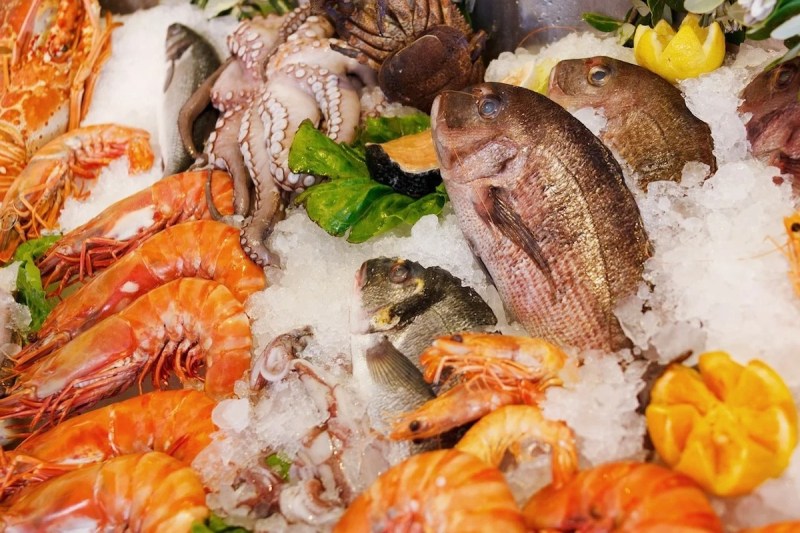
The recommended daily intake (RDI) of phosphorus for most adults is 700 mg, but those with kidney disease are prone to phosphorus toxicity and should consume less. Below, we share the foods high in phosphorus to help you ensure your diet is up to snuff.
Fatty Fish
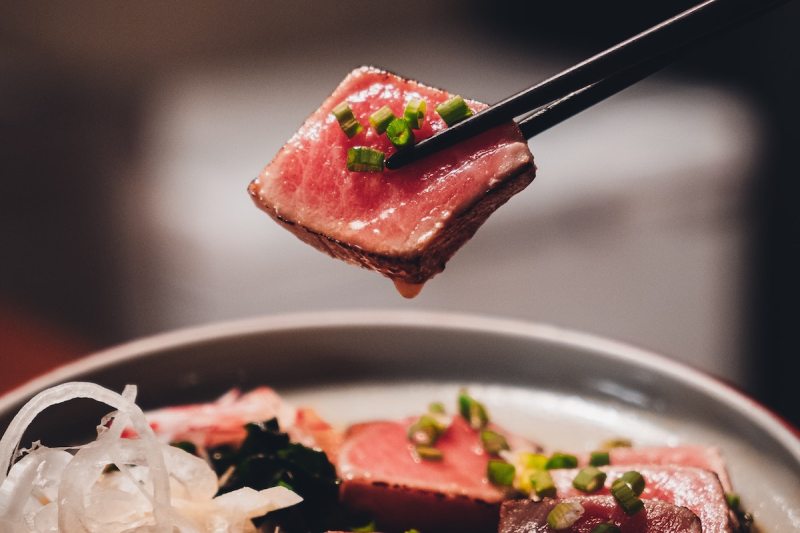
Fatty fish, such as tuna, salmon, and mackerel, is one of the best dietary sources of phosphorus. A six-ounce fillet of yellowfin tuna or salmon, for example, provides 566mg of phosphorus, or 81% of the RDA. Cuttlefish, carp, sardines, haddock, and crayfish are also high in phosphorus.
If you choose fatty fish over lean fillets, you’ll also get heart-healthy omega-3 fatty acids, which reduce inflammation. Fatty fish also contains minerals like selenium, magnesium, and calcium.
Low-Fat Dairy
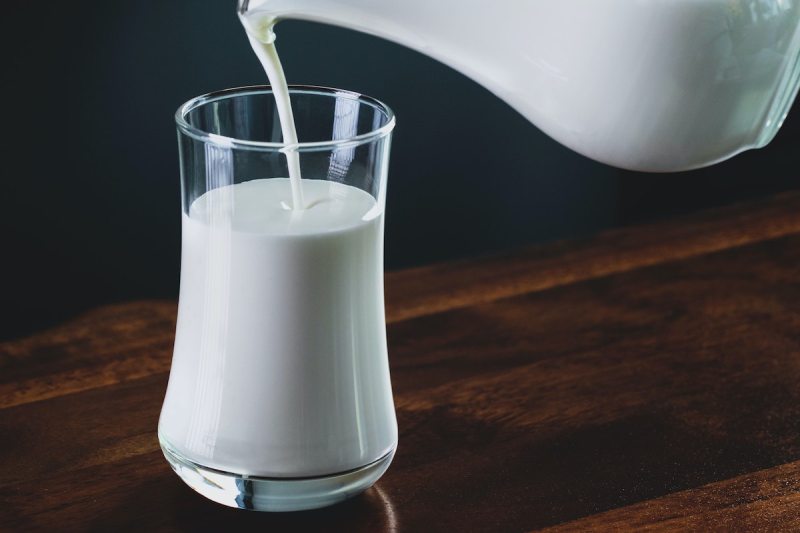
Low-fat dairy products are high in phosphorus, along with nutrients like calcium and vitamin D, making them superfoods when it comes to bone health. An 8-ounce glass of low-fat milk has 225mg of phosphorus or about 33% of the daily value. A 1.5-ounce portion of part-skim mozzarella cheese provides about 197mg of phosphorus. Dairy may also help you have restful sleep, as it is high in magnesium, tryptophan, and melatonin.
Organ Meats
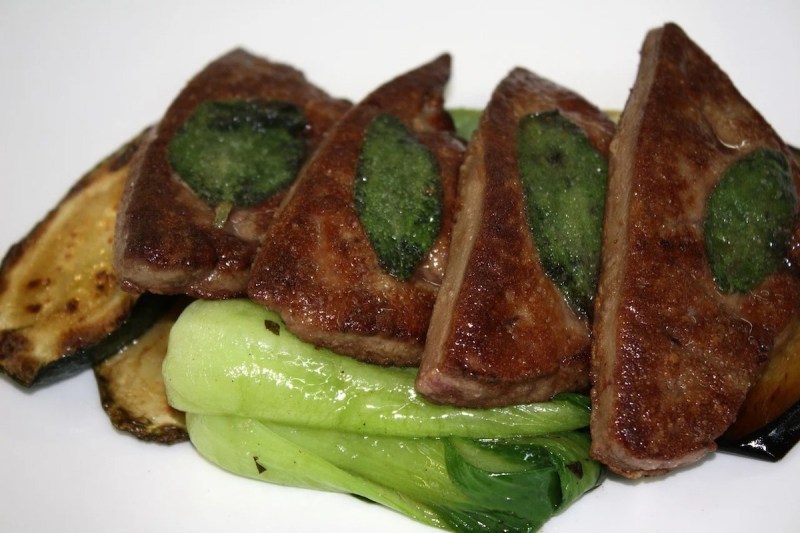
Organ meats, such as kidneys and liver, aren’t particularly popular, but they are nutrient-dense. For example, chicken liver contains 12.9mg of iron per 100 grams and a 3-ounce portion of beef liver has just over 5mg of iron. Organ meat is also rich in vitamin D, an important steroid hormone necessary for the absorption of calcium and phosphorus. Chicken liver also contains over 50% of the daily value of phosphorus, among other essential nutrients like vitamin A and vitamin B12.
Poultry
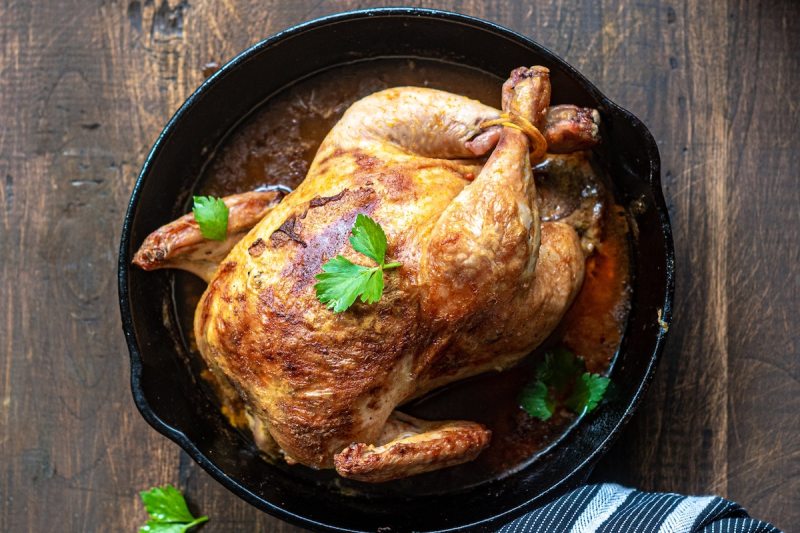
Poultry, such as chicken and turkey, is rich in phosphorus among other minerals. One cup of either roasted chicken or turkey contains approximately 300mg of phosphorus, which is more than 40% of the recommended daily intake. When comparing light meat to dark meat, light meat is higher in minerals such as phosphorus, while dark meat contains more iron. The preparation method also affects the phosphorus content. For example, roasting and baking chicken or turkey will preserve more phosphorus than boiling the meat.
Lean Pork
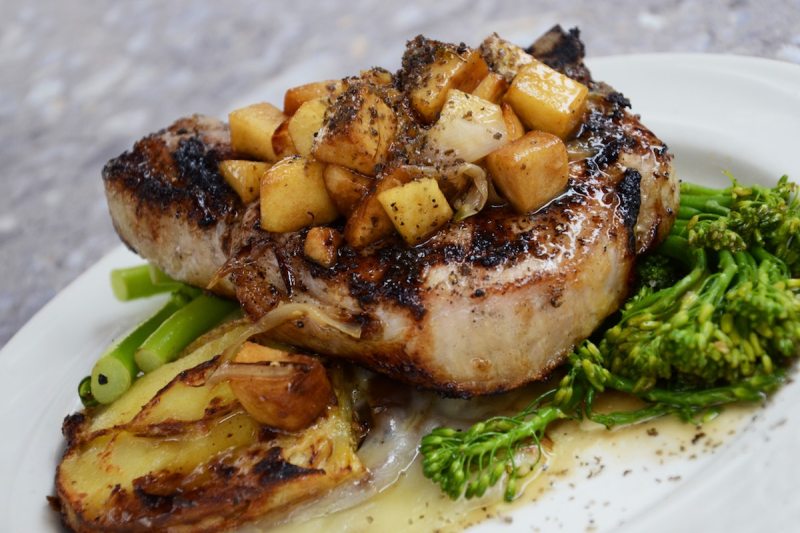
Pork is one of the foods highest in phosphorus, with a 6-ounce lean pork chop providing about 515mg, or nearly 80% of the recommended daily value. Pork ribs, pork tenderloin, and cured ham are also packed with phosphorus, though the concentration is somewhat less.
Pork chops are also an excellent source of minerals such as selenium, zinc, and magnesium, and fat-soluble vitamins like vitamins D and K.
Tofu, Tempeh, and Other Forms of Soy
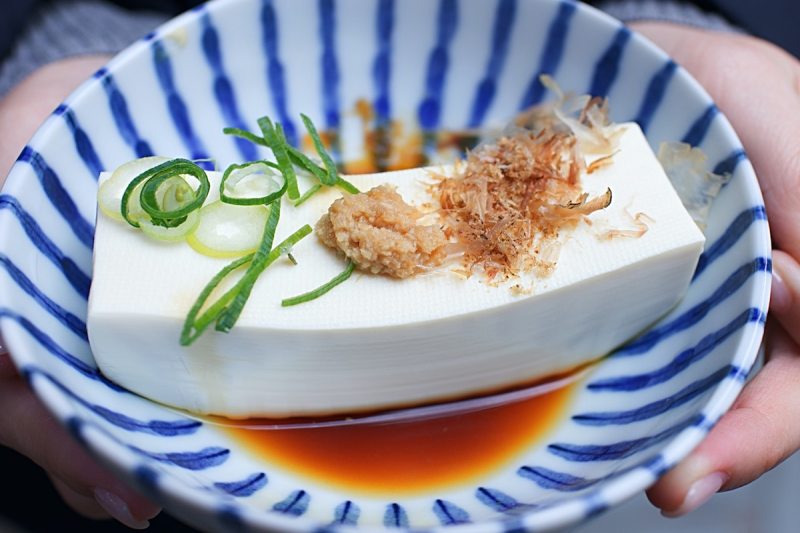
Tofu and other forms of soy, such as edamame, tempeh, and even soy milk, are good dietary sources of phosphorus for vegans and vegetarians. Soy is a protein-packed legume and a versatile ingredient in dishes ranging from savory stir-fries to sweet desserts.
A cup of firm tofu contains about 480mg of phosphorus, or approximately 75% of the daily value for adults. Tempeh, a fermented soy product, contains about 450mg per cup and is also an excellent source of gut-friendly probiotics, which support a healthy gut microbiome. Where possible, choose organic, minimally-processed forms of soy like tempeh and tofu over prepared vegan meats such as vegan “chicken” nuggets and soy hot dogs.
Seafood
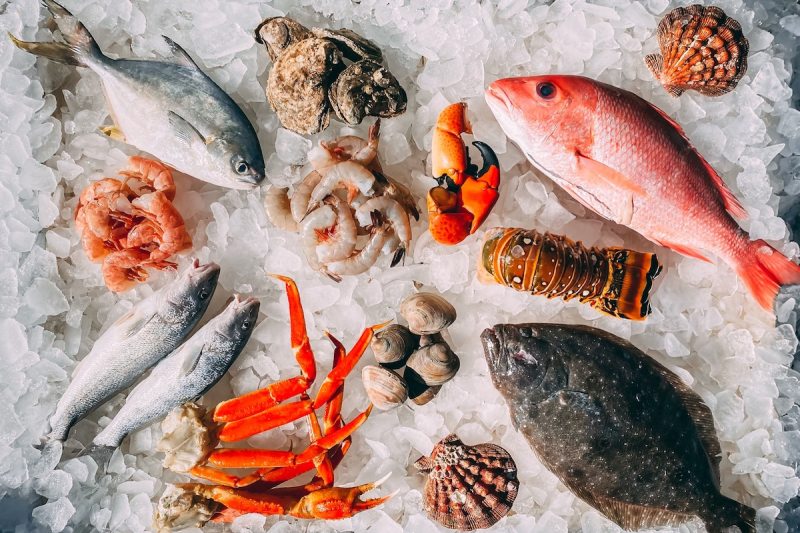
In addition to fish, several types of seafood are among the foods highest in phosphorus. For example, there is approximately 360mg of phosphorus in just three ounces of scallops, which is a little more than half the daily value. Clams, shrimp, oysters, crab, and crayfish are also packed with this essential nutrient. Seafood is also a good source of protein, zinc, calcium, iron, selenium, and vitamins A, B, and D.
Legumes
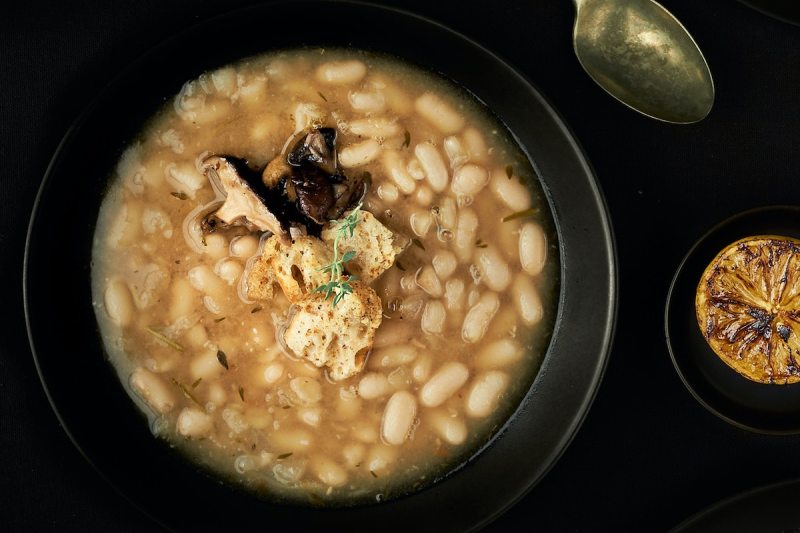
While soy takes the cake when it comes to the legume richest in phosphorus, the entire legume family can fortify your diet with phosphorus. One cup of cooked lentils, for example, contain 356mg of phosphorus, or just over half of the daily value. They are also packed with iron, fiber, and phytonutrients.
White beans, northern beans, chickpeas, kidney beans, and even green peas are also excellent dietary sources of phosphorus. One cup of canned kidney beans has 230 mg, while green peas have about 180mg per cup.
Pumpkin Seeds and Squash Seeds
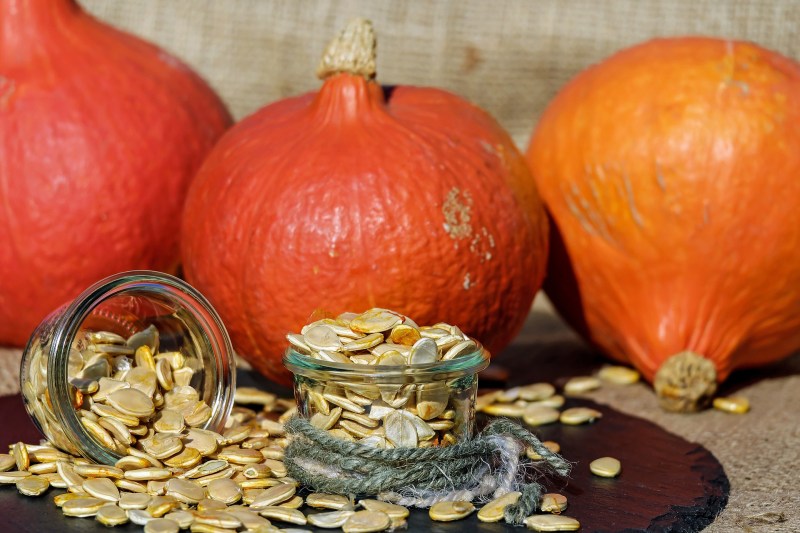
We tend to think of seeds as being too small to add much nutritional value either way, but the truth is that seeds are some of the most nutrient-dense foods available to us, so they more than deserve their “superfood” accolade. For example, pumpkin seeds, squash seeds, flax seeds, and chia seeds are packed with healthy omega-3 fats, vitamin E, selenium, magnesium, iron, biotin, and zinc.
A one-ounce handful of squash or pumpkin seeds also contains 350mg of phosphorus, giving you half of your daily needs. Hemp seeds, chia seeds, and Brazil nuts are also particularly rich sources of this micronutrient. In fact, one ounce of hemp seeds has about 65% of the daily value of phosphorus. Hemp is also rich in fiber, protein, and omega-3 fatty acids.
Easy ways to add nutritious seeds to your diet include sprinkling them on salads, yogurt, soups, or oatmeal, tossing a handful in smoothies, or making trail mix with nuts, seeds, and dried fruit. You can also roast them, sprinkle them with sea salt, cumin, or curry powder and eat them as a snack.
Whole Grains
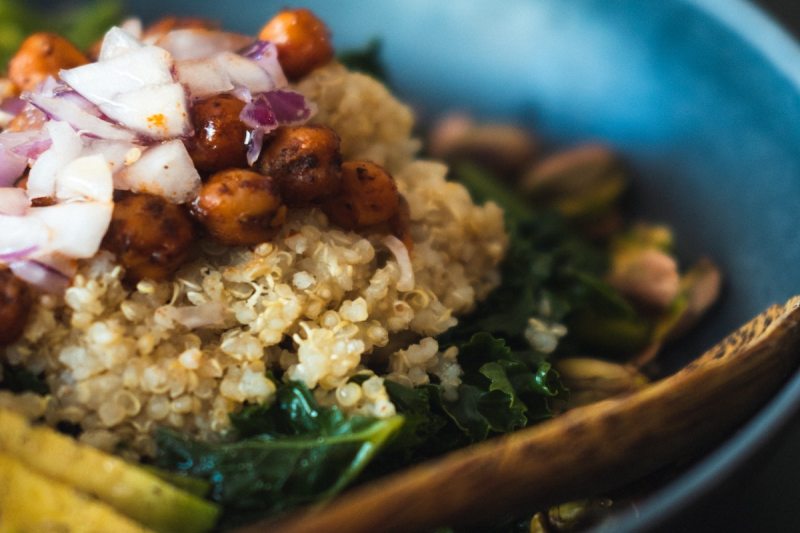
Certain whole grains are also high in phosphorus, so if you follow a plant-based diet and consume few if any animal products, consider adding foods like quinoa, brown rice, and oatmeal to your diet. Quinoa, which is technically a seed, is rich in numerous vitamins and minerals, and also is a complete source of protein, which means it contains all nine essential amino acids. One cup of cooked quinoa contains 280mg of phosphorus, fulfilling 40% of your daily needs. Whole grains are also an excellent source of complex carbohydrates, B vitamins, and fiber.
If you are sensitive to gluten, stay away from wheat, rye, and barley, and focus on getting whole grains like brown rice, oats, teff, buckwheat, and amaranth.



